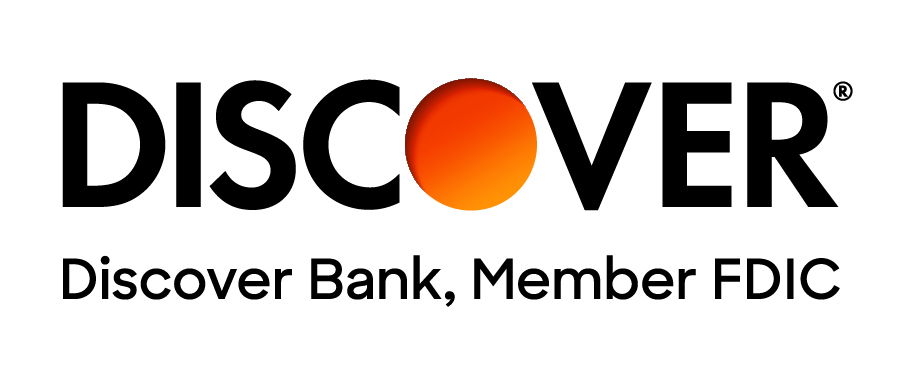A credit union is a financial institution much like a bank, but it’s owned by its members—the individuals who use its services—rather than shareholders. Membership requires meeting specific eligibility criteria, which vary by credit union. Members often enjoy advantages such as lower interest rates, reduced fees, and more personalized service compared to traditional banks.
What’s the Difference Between a Bank and Credit Union
A primary difference between a bank and a credit union lies in their structure and objectives. Banks are for-profit institutions, driven by the desire to please shareholders through increasing growth and profits. On the other hand, credit unions are non-profit organizations that prioritize the service of their member-owners. Banks are typically larger, with branches in multiple cities and open to anyone who wishes to open an account. In contrast, credit unions are typically smaller, locally-based institutions serving a unique population of members, such as military personnel, union members, or community groups. Despite their differences, banks and credit unions offer similar products and services.
More >>> Pros and Cons of Credit Unions
How do Credit Unions Work
Credit Unions work much like a bank in that both provide financial services. At a credit union, you can open an account and do many of the same activities you would do at a bank, such as borrow money (in the form of personal loans and potentially student loans), save money, open a credit card, etc. The credit union is a cooperative, in that they will use money on deposit from members to loan to other credit union members. Interest rates and fees are typically more competitive (e.g., lower) at a credit union than at a bank due to the non-profit status and member-owned structure of credit unions, which prioritize value and service to its members.
Credit Union Products and Services
Credit Unions are like any other financial institution. They offer checking and savings accounts, lines of credit, loans for cars, mortgages and personal use as well as credit cards. Additionally, like banks they have ATM’s (Automated Teller Machines). While credit unions may have limited locations, many participate in a credit union CO-OP that allows you to do banking at partner locations. Some credit unions also offer student loans as part of the Credit Union Student Choice program, which offers undergraduate students, student loans to help pay for college expenses.
How to Join a Credit Union
Credit unions require membership to belong and open an account or have access to their products and services. Don’t be surprised if a credit union requires you to keep a small minimum balance in a savings account to join and maintain membership. The membership requirement is focused on common bonds to help foster a “community-based” cooperative nature amongst the members. The membership criteria can vary, but generally credit unions will require a member prove affiliation with a specific group or organization to join. Types of affiliation can include: military personal, union members, certain employers groups such as teachers or government entities or residing in a specific city or state. One membership is establishment, immediate family members can join, based upon the primary members qualifications and good standing with the credit union.
More >>> Top 10 Credit Union Questions
Advantages of Credit Unions over Banks
Aside from the focus on community and excellent service to its member owners, there are a number of other advantages to joining a credit union. With no shareholders to demand high profits, credit unions are free to reinvest profits back into the business for the benefit of all the member-owners. Additionally, with its non-profit status, credit unions enjoy exemption from certain taxes, they can use those savings to offer lower interest rates to members borrowing money. In turn, they can also use tax savings to offer higher returns on investment products. Fees are also generally lower than those of banks.
Disadvantages of Credit Unions
Not to take away from banks, credit unions do have some disadvantages. The foremost disadvantage being the membership requirement. Without the right affiliation, joining a credit union might not be an option to even consider. Big national banks not only offer their products and services to most anyone, but they are usually have quite a few more branches in more locations with more ATM’s as a convenience for customers to take advantage of. Banks are always looking for ways to grow and increase their profits, in doing so, they are often innovators creating new and exciting products and technology for customers to use. Credit unions prioritize their resources to serving their members and can lag behind banks when it comes to innovation and technology.
Credit Union Regulators
Federally chartered credit unions are regulated by the National Credit Union Administration which was created by congress in 1970. The NCUA will charter and regulate federal credit unions and insures deposits for credit union members for these federal credit unions, similar to how the FDIC will insure deposits for customers of a bank. State chartered credit unions are regulated at the state level and in some cases have private insurance to cover deposits for members.
History of Credit Unions in the United States
First conceived in Germany in 1849, the idea of credit unions made their way to the United States around 1908. In 1909, the first credit union is formed in New Hampshire alongside the Massachusetts Credit Union Act, which served as a model for the more formal Federal Credit Union Act established in the United States in 1934 by President Roosevelt. Just a few months later, the Morris Sheppard Federal Credit Union in Texarkana, Texas opened as the first federally chartered credit union.








